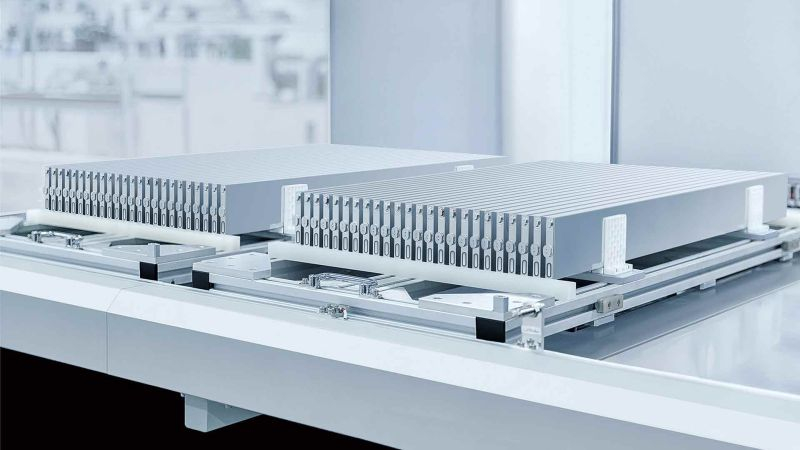The Chinese company BYD is not only the world’s largest manufacturer of electric vehicles and plug-in hybrids, but also the second-largest manufacturer of traction batteries. The company will begin commissioning advanced batteries with solid-state electrolytes in a couple of years, but their full-scale production will not be mastered until after 2030.

Image source: BYD
This was stated by BYD CTO Sun Huajun at an industry event last weekend, as noted by CnEVPost. According to him, various market players demonstrate comparable progress in the development of solid-state batteries. Lithium-ion batteries with liquid electrolyte can achieve a charge storage density of no more than 350 Wh/kg, improving this figure within the framework of such a chemical composition will be problematic. When switching to solid-state electrolyte, the charge storage density will be increased to 500 Wh/kg.
In addition to increasing the charge storage density, solid-state batteries must reduce weight and charge time, increase battery resistance to extreme temperatures, and demonstrate higher fire safety. BYD is relying on sulfide electrolytes in developing the chemical composition of solid-state batteries, as is its competitor CATL. Other companies are experimenting with oxide and polymer electrolytes, respectively. Oxide electrolytes, in particular, make it possible to increase the charge storage density to 720 Wh/kg.
BYD has been developing solid-state batteries since 2013, and in a couple of years it expects to begin trial operation of the first samples, but prefers not to talk about mass production until 2030. According to company representatives, the bulk of the cost of producing solid-state batteries will still be determined by cobalt and nickel. As soon as the production of solid-state batteries reaches serious volumes, their cost, according to BYD representatives, will be comparable to current lithium-ion batteries that combine nickel, cobalt and manganese. Recall that CATL and BYD mainly produce LFP batteries based on iron phosphate, which are cheaper than NMC options. However, at this stage, solid-state batteries with sulfide electrolyte remain very expensive to produce, although this drawback should be eliminated after the transition to mass production.